Opinion: A Bridge Too Far for the Jones Library
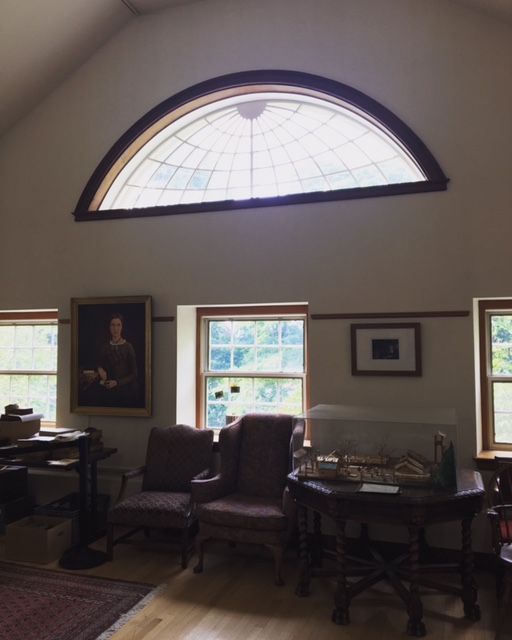
The Whipple House Window. When Special Collections was given dedicated space in the 1990s addition that mostly overlooks the garden and the Amherst History Museum, the distinctive Whipple house window reappeared, given pride of place in a reception and exhibition area located next to the Special Collections Reading Room. You can see it today by following the signs, taking the stairs or the elevator to the third floor. The window is slated to be removed with the planned renovation. Photo: Jones Library
Amherst History Month by Month
To date, I’ve not used this column to focus on my concerns about the Jones Library project. I’m very much in favor of protecting both our town and our beloved library from the skyrocketing costs, including those related to the anticipated rebid process.
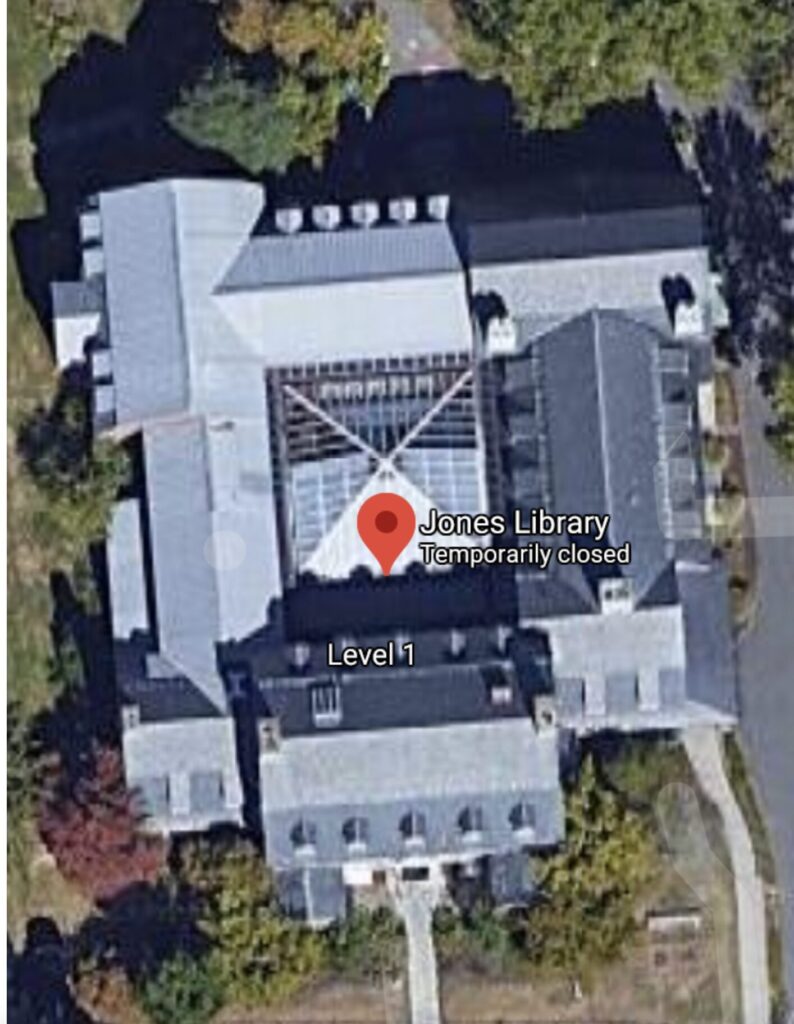
Just to be clear, I wholeheartedly agree that the Jones is a good place for the dedicated display of Amherst’s Civil War tablets and that we need an expanded children’s room and/or a teen section at this location. On the other hand, ESL programming that is usually associated with America’s libraries and has been in the Jones historically, could be accommodated in other town-owned buildings (like the soon to be vacated Wildwood School) or buildings that house town departments quite near the Jones (like the Bangs Center) or in repurposed space within the current Jones footprint. In design terms, the technical issues related to HVAC and fire suppression could be re-designed and accommodated in the current building where there is a lot of unused or poorly used space.
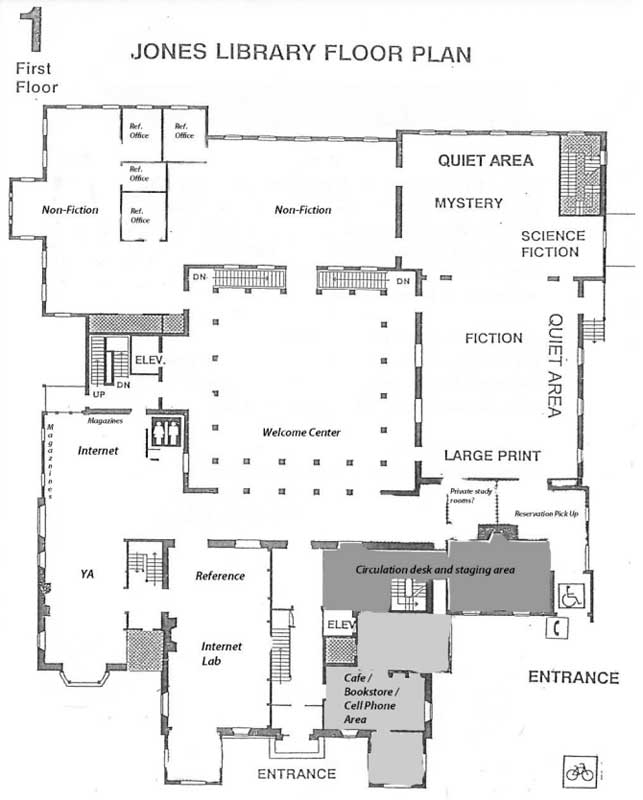
“What is proposed now, however, is very far from a renovation of an historically and architecturally significant National Register building.”
My goal, like that of Town Councilor Cathy Schoen (District 1), or Amherst resident Mary Sayer is to add to the voices refuting the reasoning of pro-demolition/expansion residents, and to try to do so in an agreeable way. I have noticed that these two words — demolition and expansion — have been replaced recently in trustees messaging by the less scary word “renovation”. What is proposed now, however, is very far from a renovation of an historically and architecturally significant National Register building.
I believe those of us who are concerned about the escalating costs now need to reach beyond the current limits of posting our deep reservations in the Indy and/or in the online public comment spaces during meetings related to the Jones. I am also more and more concerned that the trustees are tone deaf to historic preservation issues, expecting the Amherst Historical Commission to fold on the latest proposed changes to the Finegold Alexander Architects design of the roof, the floors, the windows, and the interior historic woodwork, discarding the irreplaceable interior Philippine mahogany and walnut paneling.
There are four organizing principles around which we must gather to save our Library:
- financial concerns (the enormous risk for taxpayers ) (see also here and here).
- legal/fiduciary/compliance concerns (see also here)
- environmental and sustainability concerns (see also here)
- historic preservation concerns (see also here).
It continues to be the case that pro-expansion folks think they have noble, sustainable goals — but it is not efficient or climate friendly to demolish the 1993 addition in my opinion or to scrap solar panels from the existing designs or replace metal and synthetic slate roofing with asphalt shingles.
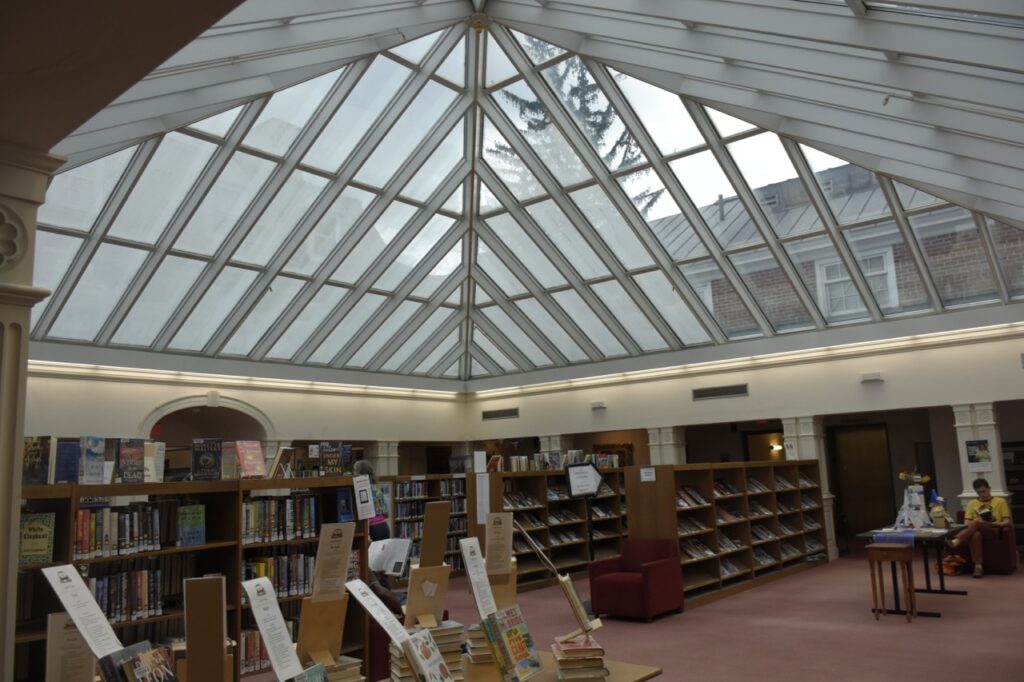
What is currently happening with the re-bidding process and suggested changes to the architectural plans is a complete assault on the Jones. Moments in time along the way as this expansion has evolved — when parties from all perspectives were working for the good of the library — are being jettisoned. The careful way in which this building was originally, and rather uniquely, conceived to mirror the characteristics of Connecticut Valley historic architecture as well as the Colonial Revival architectural style more generally, is going to be adversely impacted. The word “adverse” is used advisedly because it is used by national and state regulatory bodies in discussions about how to consider and treat historic buildings that are protected and on the National Register of Historic Places. The Jones Trustees and their building committee seem to have abandoned concern for historic preservation and are simply proceeding as if the Massachusetts Board of Library Commissioners (MBLC) is their only regulatory body worth listening to and that programmatic need is the only consideration in the current re-bidding process and the drastic value engineering that accompanies it.
Amherst residents need to mobilize to save the historic integrity of the Jones Library. The current expansion plans go too far in sacrificing the irreplaceable features of the building in order to expand its footprint. There must be a better way to modernize, without losing many of the significant architectural features that defined Allen H. Cox’s intentions as its designer and its founder, Samuel Minot Jones’s vision to begin with. The Jones must remain Amherst’s Peoples’ Palace, where beauty can be allied to a more scaled and appropriate set of changes that respect its history and foundations.
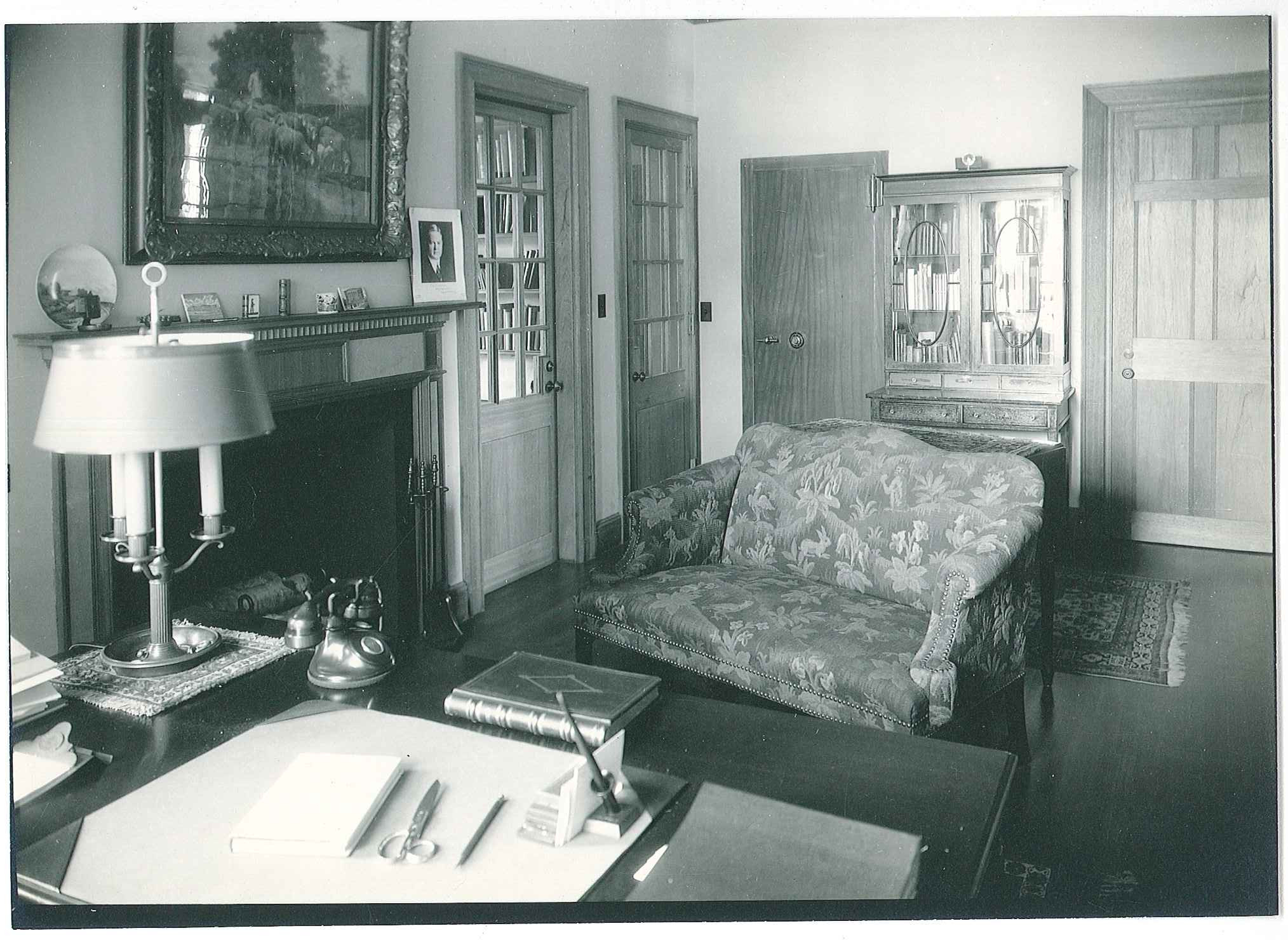
Hetty Startup is an architectural historian and a resident of Amherst’s District 4.

Thanks, Hetty, for the enlightened survey of the many reasons to question the prudence of the Jones Library renovation-expansion, especially considering the recently accepted damaging design changes. It boggles my mind that the so-called stewards of the library and their Town Council allies blithely recommend ripping out the unique hand-crafted Philippine mahogany millwork that has welcomed visitors to the historic building for nearly 100 years.
Do residents truly want to see one of the town’s most iconic historical landmarks, dubbed “Mother Amherst’s Hearth,” transformed into Austin Sarat’s and Sharon Sharry’s sandbox?
I completely agree. To demolish much of the 1990 renovation, and now to remove and probably destroy the completely irreplaceable gorgeous staircase, woodwork and windows is both financially and environmentally disastrous. Building with wood is a form of carbon capture. Destroying the wood is the opposite. I can’t imagine how any of this is considered sustainable operations or design. Philippine mahogany no longer exists in the world -isn’t both the wood and the design and craft that went into it worth keeping?
We do not need an exspantion. They need to use the waste of space on the first.floor.